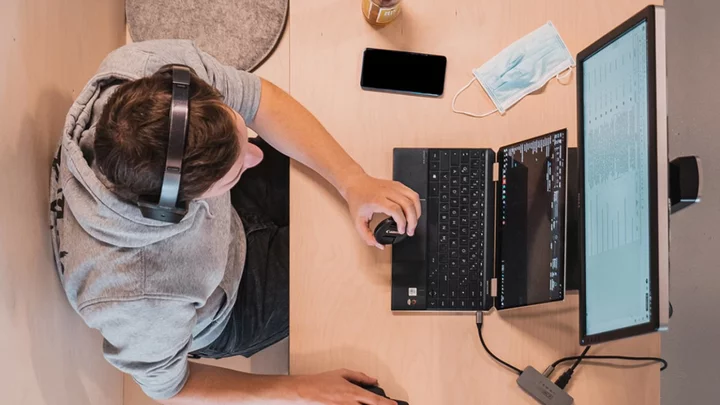When it comes to buying new smartphones, customer interest is on the decline.
According to Counterpoint Research’s Market Monitor data, smartphone shipments have declined year-over-year for the third consecutive quarter amid weak customer demand.
As a whole, smartphone sales are down 24% over the same quarter last year.
The sharpest declines came in the Android market. TCL-Alcatel saw the steepest decline YoY at 69%; however, Samsung saw a 37% decline, and Motorola 17% over the same quarter last year.
“Despite inflation numbers falling through the quarter and ongoing strength in the job market, consumers hesitated to upgrade their devices amid market uncertainty. We expect this trend to continue through Q3 2023,” Research Analyst Matthew Orf said in a prepared statement.
While it still saw a YoY decline, apple has been a bit more resilient than its Android peers and only saw a 6% drop in sales YoY. Orf says that expectations for the upcoming iPhone 15 launch “remain bullish.”
Despite an overall decline in sales, Apple’s share of the smartphone market has increased 10% YoY.
Counterpoint hypothesizes that customers are hesitant to upgrade their existing devices due to economic uncertainty, causing the decline.
The group attributes Apple’s success YoY to its prepaid and postpaid promotions. Older-generation iPhones were offered at steep discounts in the prepaid market and AT&T, T-Mobile, and Verizon all offered promotional credits of $800+ on the current iPhone 14.
The group also notes that foldable smartphones are gaining traction.
"In spite of declining smartphone shipments, the foldable market reached important milestones in the quarter," said senior research analyst Maurice Klaehne. "Motorola launched the Razr+, its first foldable device in the US since 2021, and Google launched its first-ever foldable, the Pixel Fold, providing alternatives to the Samsung Galaxy foldables.”
The group suggests that "foldable shipments could reach their highest level ever in the US in Q3 2023."









